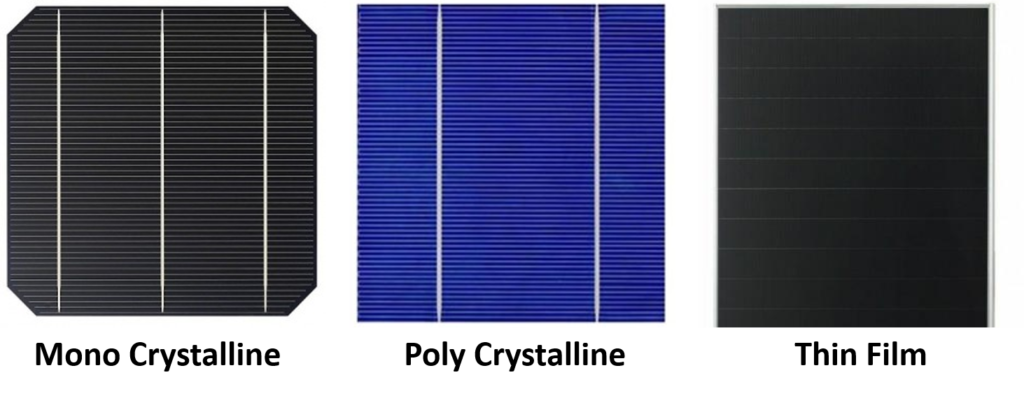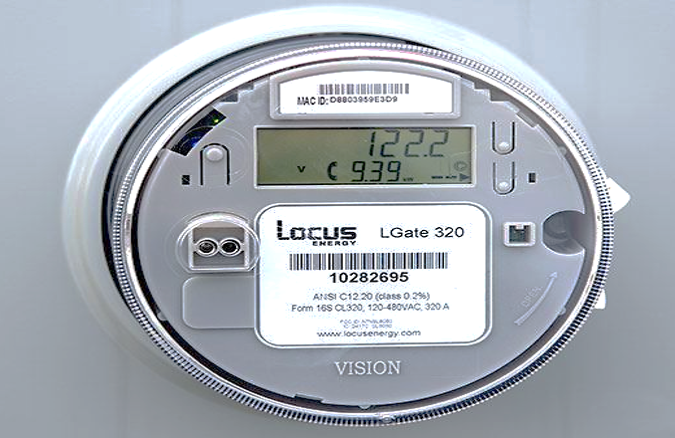BLOG
Basics of Solar
Nowadays Solar Industry in India is growing rapidly like never before. Thanks to favourable Government policies and constantly evolving technology in the solar sector. India has achieved a milestone 20 GW in cumulative solar installations in eight years.
The National Solar Mission had initially set the target of 20 GW installed capacity by 2022. This has been achieved four years ahead of time. The government is working to achieve the revised target of 100 GW solar by 2022. Going Solar is the best option nowadays to counter ever increasing electricity tariff as well as electricity needs. But before Going Solar, you must Know Solar.
Did you know that The amount of sunlight that strikes the earth’s surface in an hour is enough to fulfil the entire world’s energy needs for a full year?
Solar energy has amazing potential to power our daily energy needs. Solar power captures radiant light and heat from the sun and converts it into clean energy that can be used to power homes, businesses and machinery.
Broad Classification of Solar Energy
1. Solar Thermal
Sunlight Consists of Heat Energy which is used for various purposes under solar thermal technology. Solar Thermal mainly focuses on capturing maximum heat from the sun ray. For Capturing maximum heat from the solar rays different technologies are used.
Most Common example of solar thermal is Solar Water Heater, in which heat energy of the sunlight is used to heat the water. (How Solar Water Heater Works?) Apart from Solar Water Heater, Solar thermal is used in Solar Cooker, Parabolic collector, Solar thermal power plant & Solar Thermal Cooling.
2. Solar Photovoltaic
Solar panels generate free power from the sun by converting sunlight into electricity with no moving parts, zero emissions, and no maintenance. (How Solar Panels Works?)The solar panel, the first component of a solar energy system, is a collection of individual silicon cells that generate electricity from sunlight. The photons (light particles) produce an electrical current as they strike the surface of the thin silicon wafers. A single solar cell produces only about 1/2 (.5) of a volt.
Components of Solar Photovoltaic System
1. Solar Panels:-
Solar Panels are nothing but thin film of semiconductor material. Solar Panels produces Direct Current (DC). Mostly 3 types of solar panels are widely used

Mono Crystalline:-
Mono Crystalline Solar Panels are generally black coloured and are in a polygon shape. As its name suggests it is made up of single crystal silicon. Mono-Crystalline Silicon has the highest efficiency among these three types i.e 15% – 24%. This Type of panels is the costliest. Mono Crystalline solar panels have great heat resistant
Poly Crystalline:-
Poly Crystalline Solar Panels are generally blue coloured and are in rectangular shape. As its name suggests it is made up of polycrystalline silicon. Poly-Crystalline Solar panels have the efficiency between 13%-17%. This type of Solar panels is mostly used in India for residential and commercial rooftop installations. These type of solar panels are cheaper than the Mono Crystalline Solar panel.
Thin Film:-
Thin film Solar Panels are of rectangular shape with straight linings. These solar panels are very thin and are flexible. Due to their flexibility, they can be used in a variety of applications. these panels have efficiency 7%-15%. These solar panels are cheapest among all three types of solar panels.
2. Solar Inverter:-
Solar Inverter Converts Direct Current (DC) electricity generated by solar panels to Alternating Current (AC). Depending on the type of solar system solar inverters are classified into three main categories.
Grid Tie Inverter
Grid Tie Inverters are used in on-grid PV Systems. On-grid PV systems export the energy generated from solar panels to the grid. Grid tie inverters have inbuilt Islanding protection i.e. Inverter shuts off when the grid supply is interrupted. This is the major disadvantage of on grid system that we can not use/export solar energy while the grid is off. On-grid PV Systems are commonly used in urban areas where power cuts are very rare.
Off Grid Inverter
Off Grid Inverters are used in Off-Grid systems. Off-grid PV systems are those which store the energy generated by the solar panel to the battery bank. Off Grid PV Systems are mostly recommended in rural areas where power cuts are quite often or areas where grid connectivity is available.
Hybrid Inverter
These Inverters are used in hybrid solar systems. Hybrid PV systems are nothing but the combination of Solar on-grid PV system & Solar Off-Grid PV System. These systems can work while the grid is off.
Do You Know that in most of the Solar PV Systems Cost of Solar Panel and Inverter goes upto 80 % of Total Project cost!
4. Battery:-

An electric battery is a device consisting of one or more electrochemical cells with external connections provided to power electrical devices such as flashlights, smartphones, and electric cars. Basically a battery stores energy. Solar Batteries are quite different from the batteries that we see in day to day life. Solar Batteries are specially designed for their use in solar applications. These batteries are mostly lead-acid type batteries. Solar batteries have longer life ass compared to normal batteries. Solar batteries can work for 5-15 Years. with very low maintenance.
5. Netmeter:-

Netmeter is a bi-directional meter which records both incoming and outgoing units. It shows two readings instead of conventional energy meter which shows only one reading i.e. the amount of energy in kW drawn from the grid. Netmeter allows the user to sell Solar Electricity to the Grid. Special Sanctioning and application to electricity distribution company is required for Net metering.
6. Solar Charge Controller:-
The energy generated from solar panels is not constant all the day. Slight shadow over solar panel changes the output of a solar panel. For any appliance to work safely, it requires constant power supply otherwise it may get damaged. To provide constant voltage and current for running DC loads or charging the battery bank Solar Charge Controller is used.
Visit Specially Designed Solar Calculator for Solar Calculations for your Rooftop.